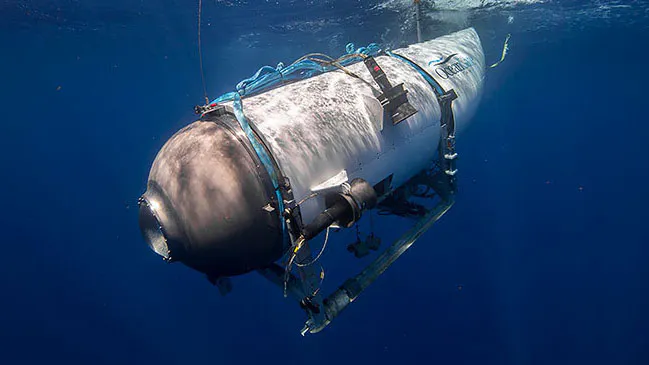The effort to rescue the passengers on the Titan, the submersible whose debris was found at the bottom of the Atlantic Ocean, likely cost millions of dollars — and OceanGate Expeditions, the company responsible for the expedition, likely will not pay for it.
Over the four days the rescue effort was conducted, airplanes, boats, and submersibles were utilized in the attempt, including Canadian P-3 Orion, P-8 Poseidon, and CP-140 Aurora aircraft as well as their vessels Horizon Arctic and Glace Bay. The French ship L’Atalante joined in the effort, as did three C-130 aircraft and three C-17 transport planes from the U.S. military.
Chris Boyer, the executive director of the National Association for Search and Rescue, said the rescue mission would “probably cost millions.”
“It’s no different than if a private citizen goes out and his boat sinks,” retired Admiral Paul Zukunft, who led the U.S. Coast Guard from 2014-2018, stated. “We go out and recover him. We don’t stick them with the bill after the fact.”
“The Coast Guard’s default,” he added, “is we will always launch for safety of life at sea — and always holding out hope that they do rise to the surface, we launch a rescue swimmer, and they’re all recovered and live to see the next day.”
The U.S. Navy also sent a winch system named the Flyaway Deep Ocean Salvage System (FADOSS) to the area of the sunken submersible; it is capable of retrieving objects as deep as 20,000 feet, but the system had to be welded onto a boat, which could take 24 hours.
In the end, the extra time needed may not have mattered, as reports on Thursday indicated that the passengers may have died early in the expedition when the submersible imploded, killing them instantaneously.
On Thursday, the United States Coast Guard announced that a remote-controlled vehicle deployed by the Horizon Arctic had found debris from the Titan. “A debris field was discovered within the search area by an ROV near the Titanic,” USGC Northeast said in a statement. “Experts within the unified command are evaluating the information.”
CLICK HERE TO GET THE DAILYWIRE+ APP
“A debris field implies a break-up of the submersible … that really sort of indicates what is the worst-case scenario, which is a catastrophic failure and generally that’s an implosion,” marine scientist and rescue expert David Mearns told Sky News.
“The only saving grace is that it would have been immediate — literally in milliseconds — and the men wouldn’t have known what was happening,” Mearns added.
Related: Passengers Aboard Doomed Titanic Sub Likely Died ‘In Milliseconds’

.png)
.png)

